Browse all content in Verification Academy: Articles, Cookbooks, Resources, Sessions, and Tracks
Search Results - 5 results
Filters
-
Verification Horizons

-
Lessons from “Verifying” the Harry Potter Franchise
I admit it. I’m a huge Harry Potter fan. I own a complete first-edition set of the books and actually drove over an hour and a half each way to pick up my niece and nephew as my “excuse” to see the first movie when it came out, since my own children were too young at the time. I have read all the books (or listened to the audiobooks) and watched all the movies more times than I can count. When my son got older, I read the books to him at bedtime, and later with my daughter.
My rule has always been that you have to read the book before you can see the movie — a rule that I scrupulously apply to any book-to-movie endeavor. If you see the movie first, then when you read the book all you will see in your mind is the corresponding scene from the movie. But if you read the book first, then your imagination can run wild and bring the story to life in a way that a movie simply can’t match.
Also, there are usually details in the book that they can’t fit into the movie (with the possible exception of the 9-hour trilogy version of The Hobbit). So, in a way, the book is the specification, and we as consumers judge how well the filmmakers did in implementing the story. So, we’re kind of like verification engineers! You knew I’d bring it around to verification, didn’t you?
This issue of Verification Horizons is more “intimate” than usual, but I’m sure you’ll still find plenty of helpful insights throughout these articles. We start with our featured article, “Why Hardware Emulation Is Necessary to Verify Deep Learning Designs,” by my colleague Jean-Marie Brunet and noted verification expert Lauro Rizzatti. Before making the case as to why emulation is required, they provide one of the best overviews of what “deep learning” actually means and what’s involved in designing hardware to implement such a system. When you consider the requirements for scalability, virtualization and determinism in verifying a deep learning system, the need for emulation is obvious.
In “Deadlock Prevention Made Easy with Formal Verification,” a team of our formal verification experts at Mentor explore the intricacies of safety and liveness properties to identify deadlocks in formal verification. As you’ll see, the way to automate deadlock detection is by using some unique capabilities of Questa® PropCheck and AutoCheck. The article actually walks you through a real use case to illustrate these powerful additions to your formal verification toolkit. You’ll have to read the article to see how raccoons and koalas fit into the discussion.
In “Exercising State Machines with Command Sequences,” my colleague and Portable Stimulus guru, Matthew Ballance, shows us how Questa inFact can generate command sequences that will exhaustively exercise a complex state machine. The key is to use inFact’s Coverage Creator feature to auto-generate a complex SystemVerilog covergroup from a relatively simple specification which, coupled with a straightforward set of constraints, will let inFact automatically create a set of sequences to exercise the state machine. This is a great example of how inFact can let you take advantage of Portable Stimulus technology in your existing simulation-based verification environment.
As a special treat in this issue, we’re sharing two articles that were recently presented at DVCon Europe. In “Designing a Portable Stimulus Reuse Strategy,” Matthew shares some critical insights on how to apply the new Portable Test and Stimulus Standard in a way that maximizes the reuse benefits when sharing test intent and IP between teams and projects. Just as UVM formalized a methodology for SystemVerilog, this article outlines a methodology and accompanying planning process that will enable you to take full advantage of this exciting new technology.
Last but not least, we bring you “Don’t Forget the Protocol! A CDC Protocol Methodology to Avoid Bugs in Silicon,” by our Clock-Domain Crossing team. CDC issues can be some of the most difficult to verify, especially in complex designs where it’s hard enough just to verify the basic functionality without worrying about metastability. Unfortunately, we have to worry about metastability and other CDC-related issues. The article proposes a methodology that will help overcome the common challenges often faced in verifying CDC protocols and better utilizes formal model checking and simulation-based technologies to improve your protocol verification results.
Arthur C. Clarke said that “any sufficiently advanced technology is indistinguishable from magic.” While I don’t claim that any of these great articles will eventually be made into a movie (although the raccoon/koala article probably has the best chance), I encourage you to read them all and let your imagination take you to a place where magic is real.
Respectfully submitted,

Tom Fitzpatrick
Editor, Verification Horizons
December 2019
-
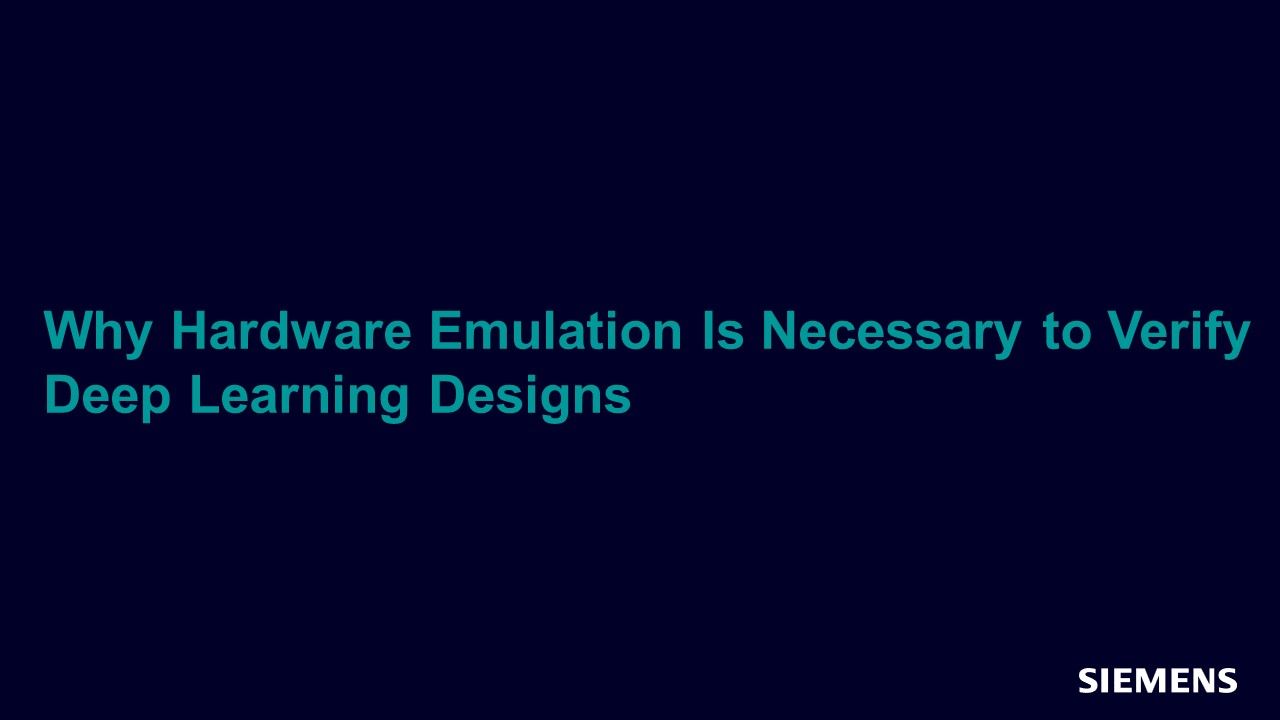
Why Hardware Emulation Is Necessary to Verify Deep Learning Designs
Acceleration Dec 03, 2019 Article -
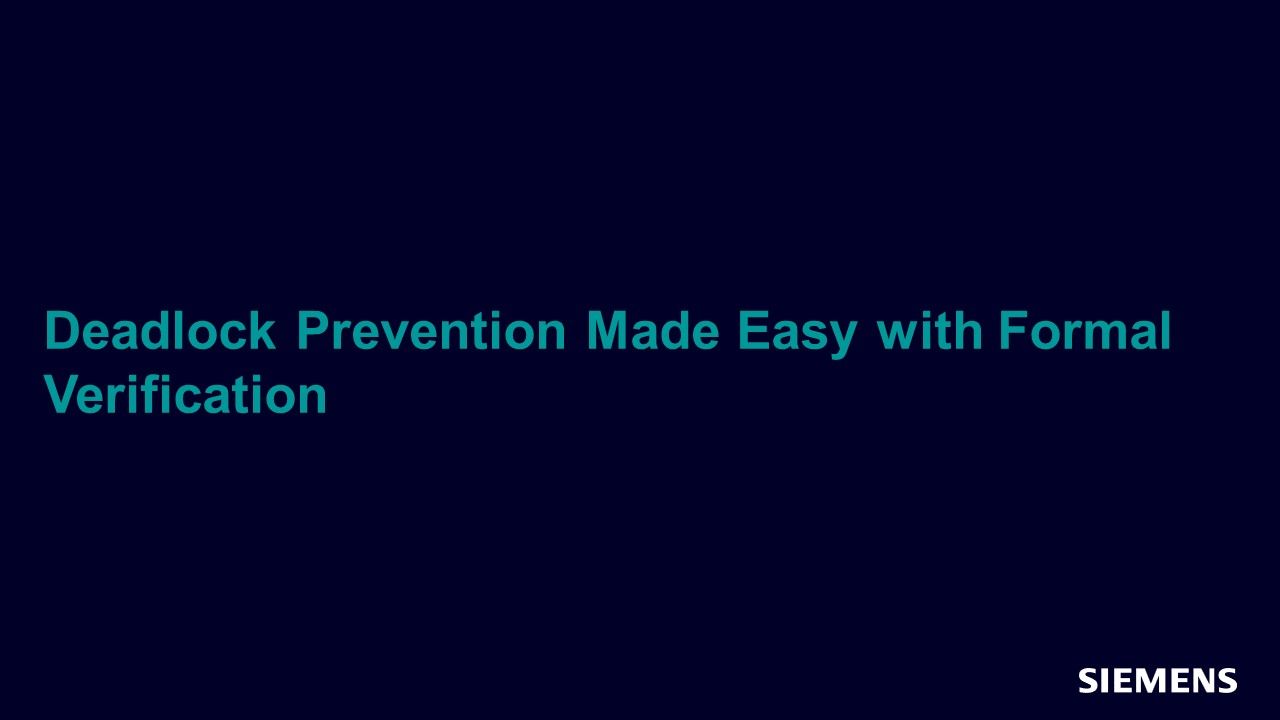
-
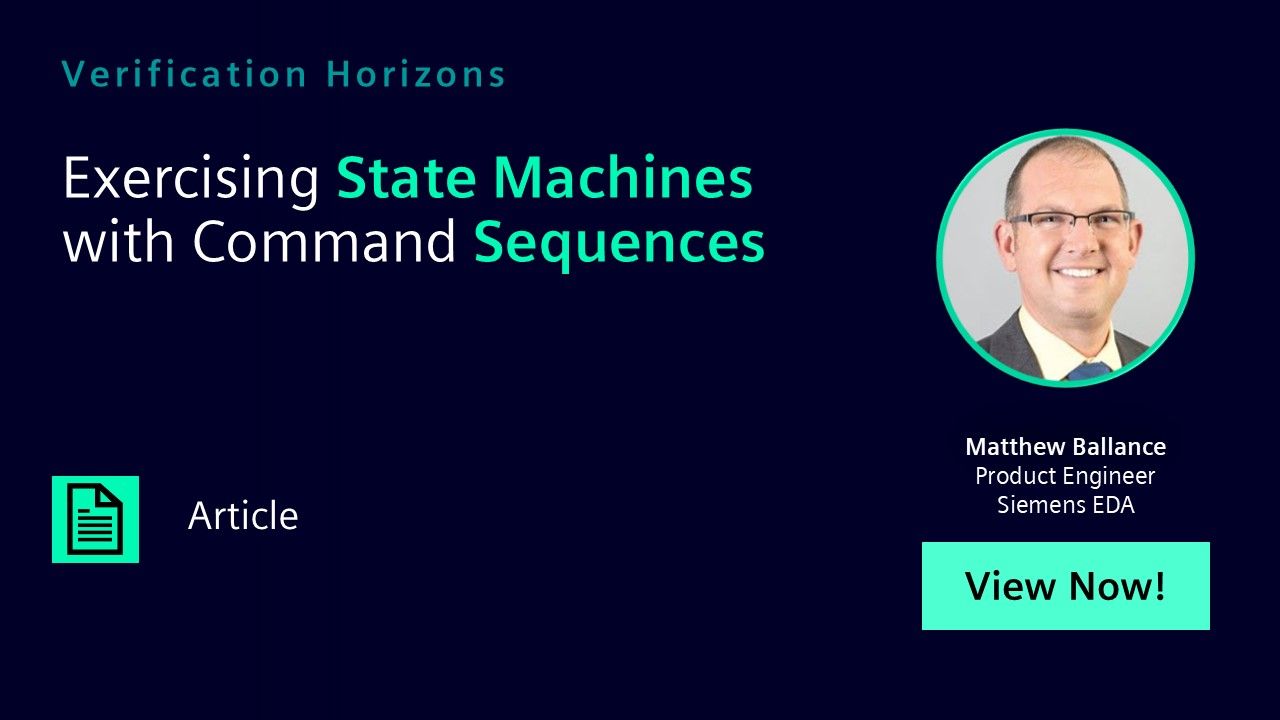
-
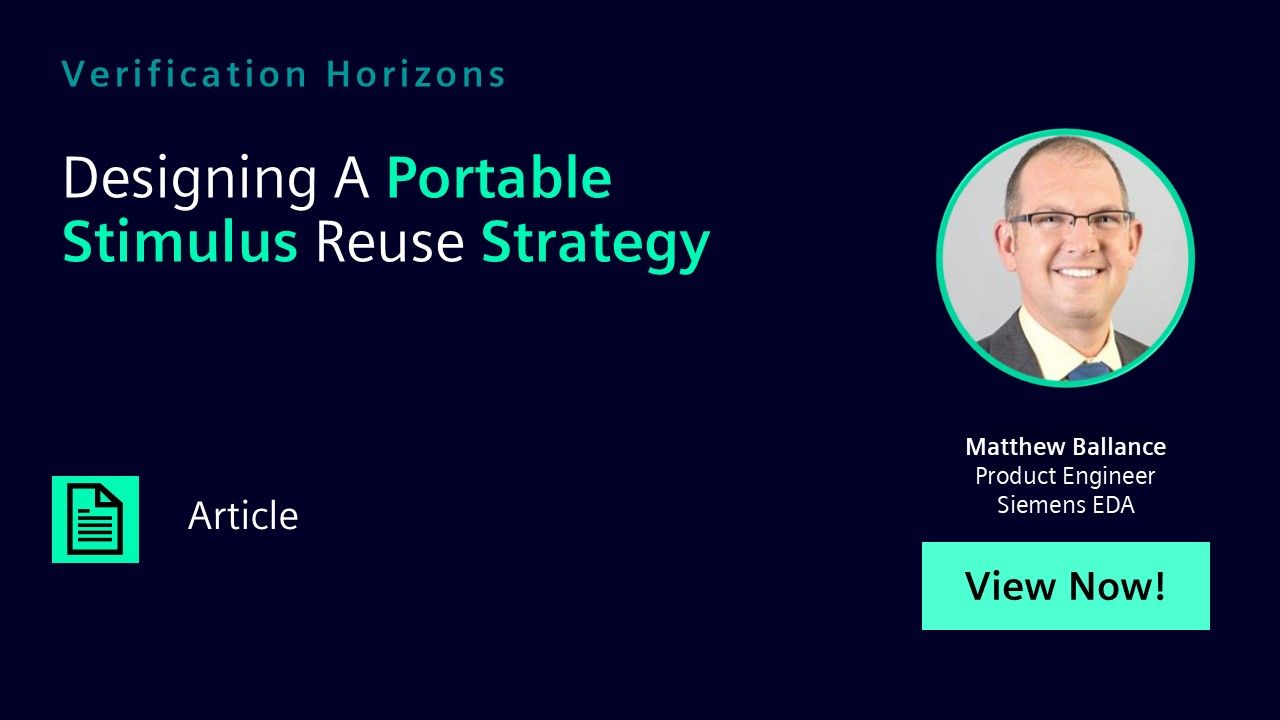
-
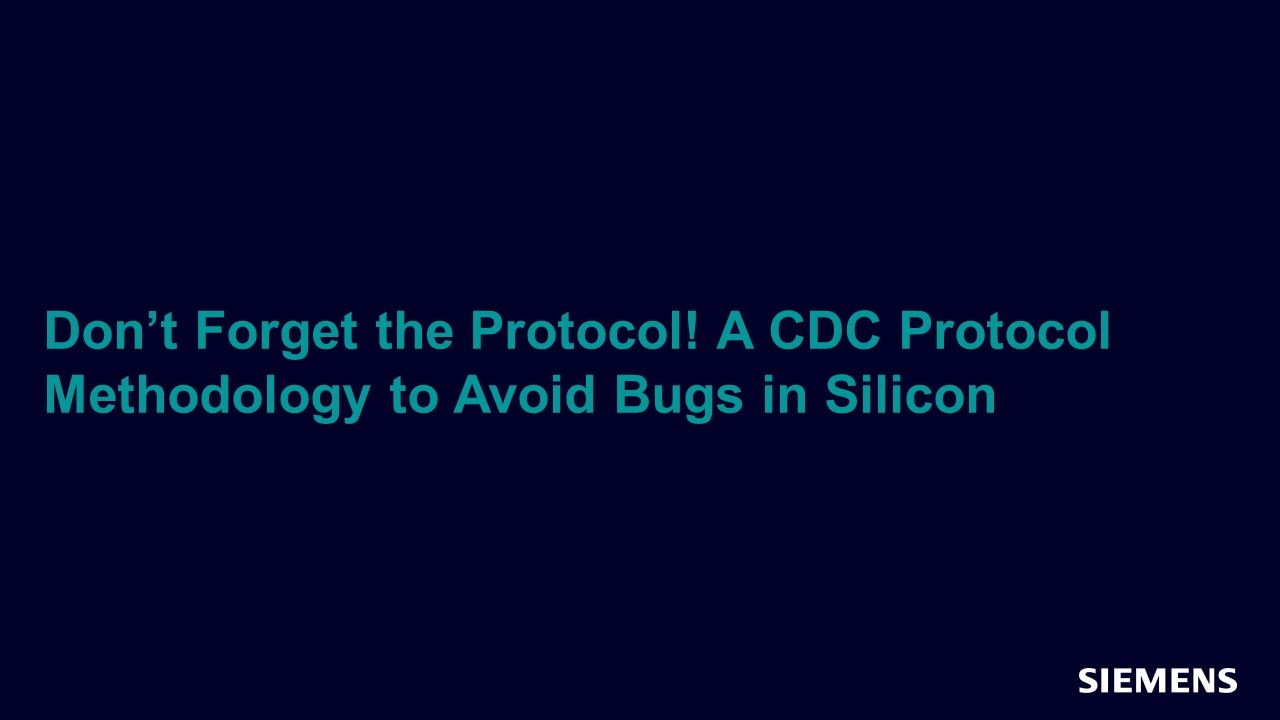
Don’t Forget the Protocol! A CDC Protocol Methodology to Avoid Bugs in Silicon
Clock-Domain Crossing Dec 03, 2019 Article